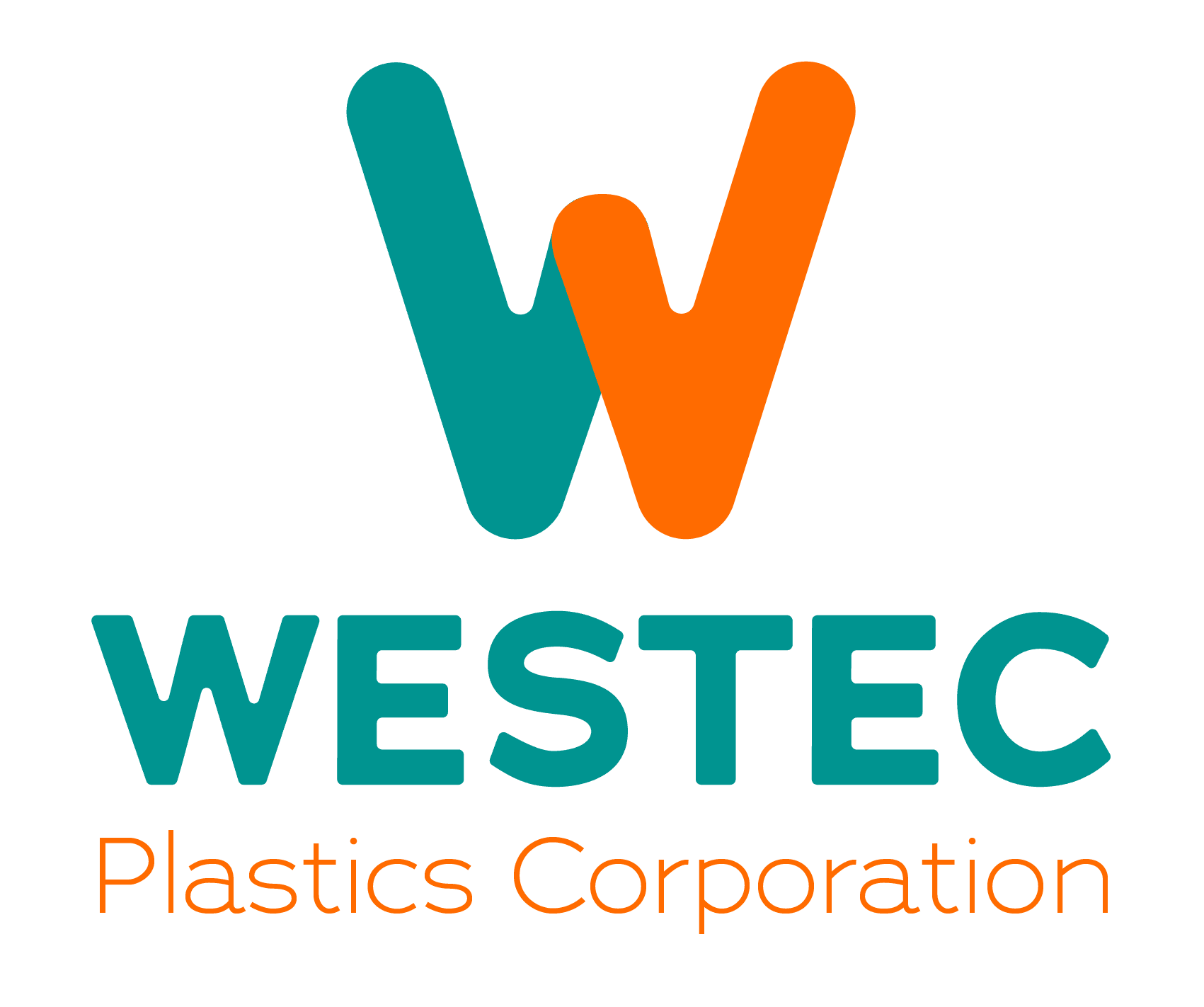
Manufacturers are constantly looking for ways to improve their capabilities and deliver the plastic parts their customers need. When it comes to industries with sensitive applications— the medical, biotech, pharmaceutical, electronics, and aerospace industries come to mind—few capabilities are more important than clean room manufacturing. When you’re looking for an injection molding partner, it’s important to understand the difference between the cleanroom classifications in manufacturing so you can be sure your supplier has the capabilities you need. So, what are cleanroom classifications and how do they relate to your products? Let’s find out.
What are Cleanroom Classifications in Plastic Manufacturing?
In general, there are a total of 9 cleanroom classifications: ISO Class 1-9. When it comes to injection molding, Class 8 is the most common, but let’s take a closer look at each category and how they are distinct from one another.
ISO Class 1
Of the nine classes, the ISO Class 1 Clean Room is the cleanest. With maximum particles per cubic feet at ≤ 10 particles, the regulations for this class are extremely strict and injection molders must implement stringent controls to maintain low levels of airborne particles.
ISO Class 1 Clean Room manufacturing is most commonly used in extremely sensitive environments, such as those required for semiconductor manufacturing, pharmaceuticals, nanotechnology, and critical optics where even minute particles can significantly impact part quality.
ISO Class 2
The next cleanest is the Class ISO 2 Clean Room. It allows for slightly higher levels of particulate contamination at ≤ 100 particles maximum particles per cubic meter. These clean rooms still require high levels of control to maintain cleanliness.
ISO Class 2 Clean Rooms are best for applications that require very high levels of cleanliness, such as, once again, pharmaceuticals and bioelectronics.
ISO Class 3
With maximum particles per cubic meter at ≤ 1,000 particles, ISO Class 3 Clean Rooms are a little less stringently controlled than ISO Classes 1 and 2. ISO Class 3 Clean Rooms are best for applications where cleanliness is critical for product performance, such as those in microelectronics, optics, and precision engineering industries.
ISO Class 4
An ISO Class 4 Clean Room allows for ≤ 10,000 maximum particles per cubic meter. This class of clean rooms is ideal for applications where cleanliness is still important but not as critical as those that require Class 1-3 clean rooms. Industries like medical device manufacturing, aerospace, and automotive assembly benefit from ISO Class 4 Clean Rooms.
ISO Class 5
With an allowable maximum particles per cubic meter at ≤ 100,000 particles, ISO Class 5 Clean Rooms are easier to maintain than Classes 1-4, though strict controls are still in place to maintain consistently low levels of airborne particles.
ISO Class 5 Clean Rooms are suitable for industries like pharmaceutical compounding, biotechnology research, and food processing.
ISO Class 6
ISO Class 6 Clean Rooms allow for a maximum particles per cubic meter level of ≤ 1,000,000 particles. The environments in ISO Class 6 Clean Rooms are still tightly controlled, but much less demanding than the higher classes.
Applications in industries such as general electronics manufacturing, packaging, and laboratory testing may benefit from ISO Class 6 Clean Room injection molding.
ISO Class 7
ISO Class 7 Clean Rooms have a maximum particles per cubic meter allowance of ≤ 10,000,000 particles. ISO Class 7 cleanrooms are used in applications where a controlled environment is necessary but that have a higher tolerance for particles, such as certain aspects of pharmaceutical manufacturing, medical device assembly, and automotive painting.
ISO Class 8
ISO Class 8 Clean Rooms maintain an environment with a maximum particles per cubic meter of ≤ 100,000,000 particles. Again, ISO 8 Clean Rooms are the most common classification found in injection molding operations. They are often employed in less critical manufacturing processes, such as automotive manufacturing, some consumer goods production, and some medical device manufacturing.
ISO Class 9
Finally, the last class is the ISO Class 9 Clean Room, which has a maximum particles per cubic meter allowance of > 100,000,000 particles. These clean rooms have the highest tolerance for particulate matter in the atmosphere. As a result, they are mostly used in less critical applications where cleanliness requirements are lower. Examples include certain types of packaging operations, non-critical assembly, and warehouse storage.
Westec Plastics Delivers on Cleanroom Molded Plastic Components
Cleanroom manufacturing is essential if you work in an industry that requires cleanliness and performance. At Westec Plastics, we’re proud to offer ISO Class 6, 7, and 8 Clean Room injection molding and contract manufacturing capabilities. Our commitment to flexibility for our customers is reflected in the fact that we have both hard-wall and soft-wall options available, and all of our cleanrooms allow for the easy movement of equipment so we can offer turn-key solutions that are customized to your needs.
If you’re looking for a California-based injection molder with cleanroom capabilities, get in touch with our team today and we’ll get started on your next project.




